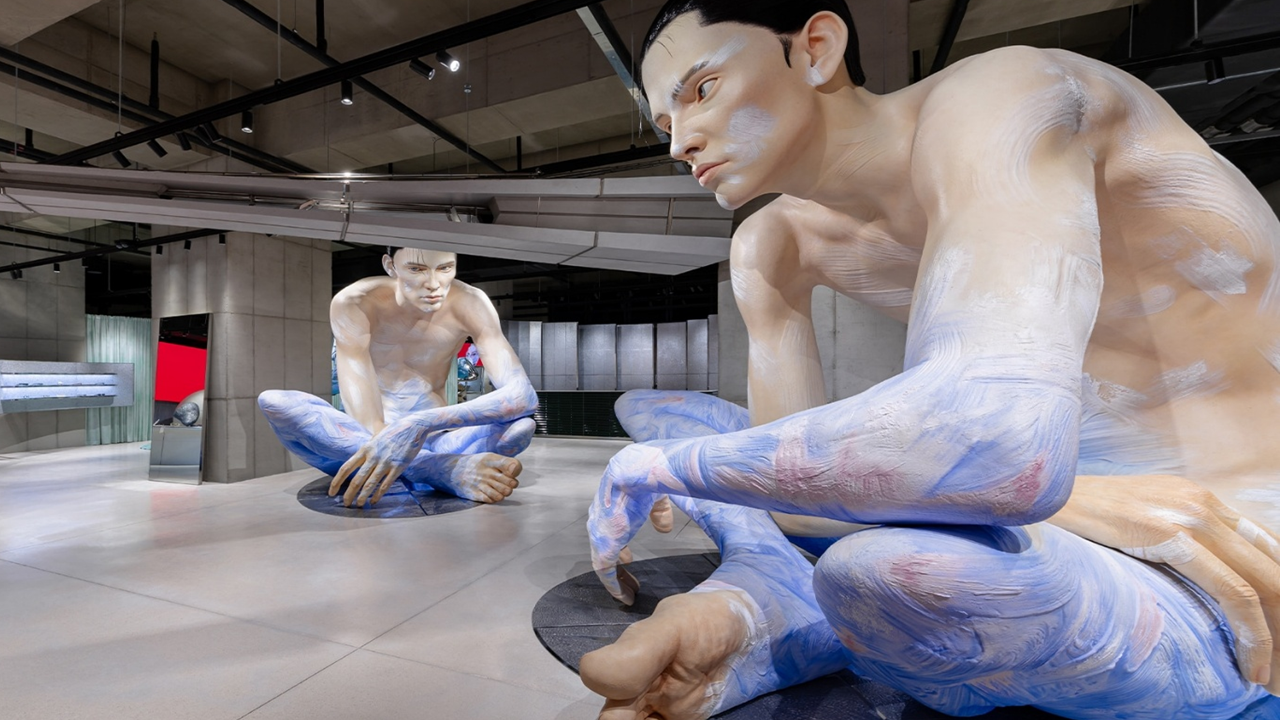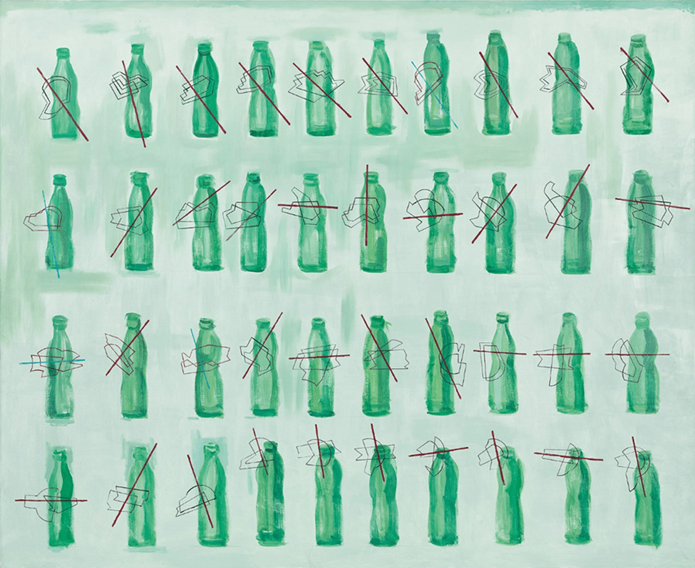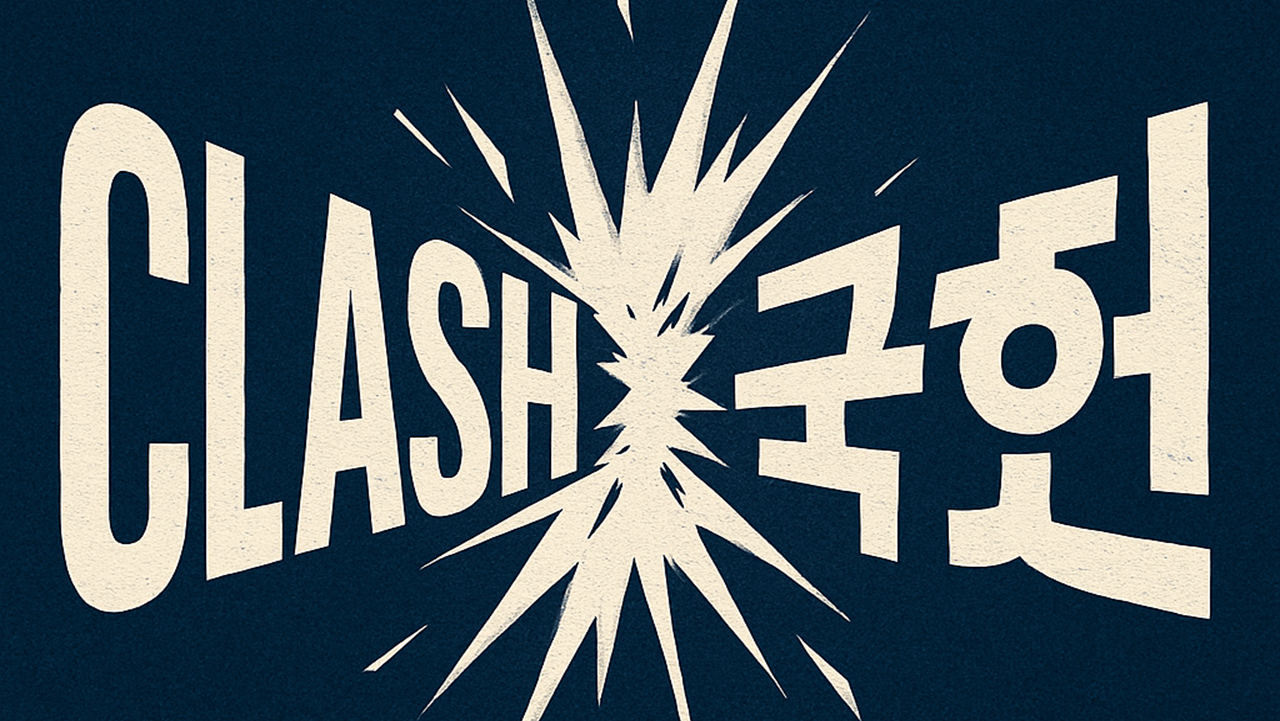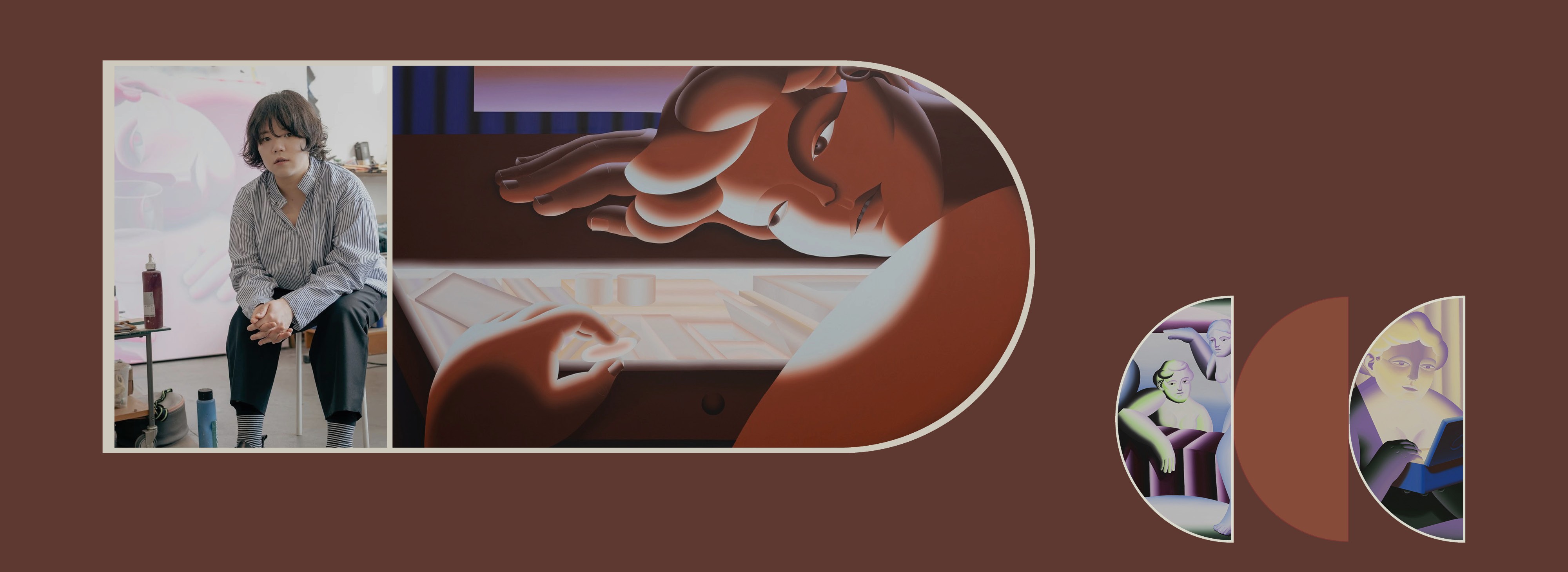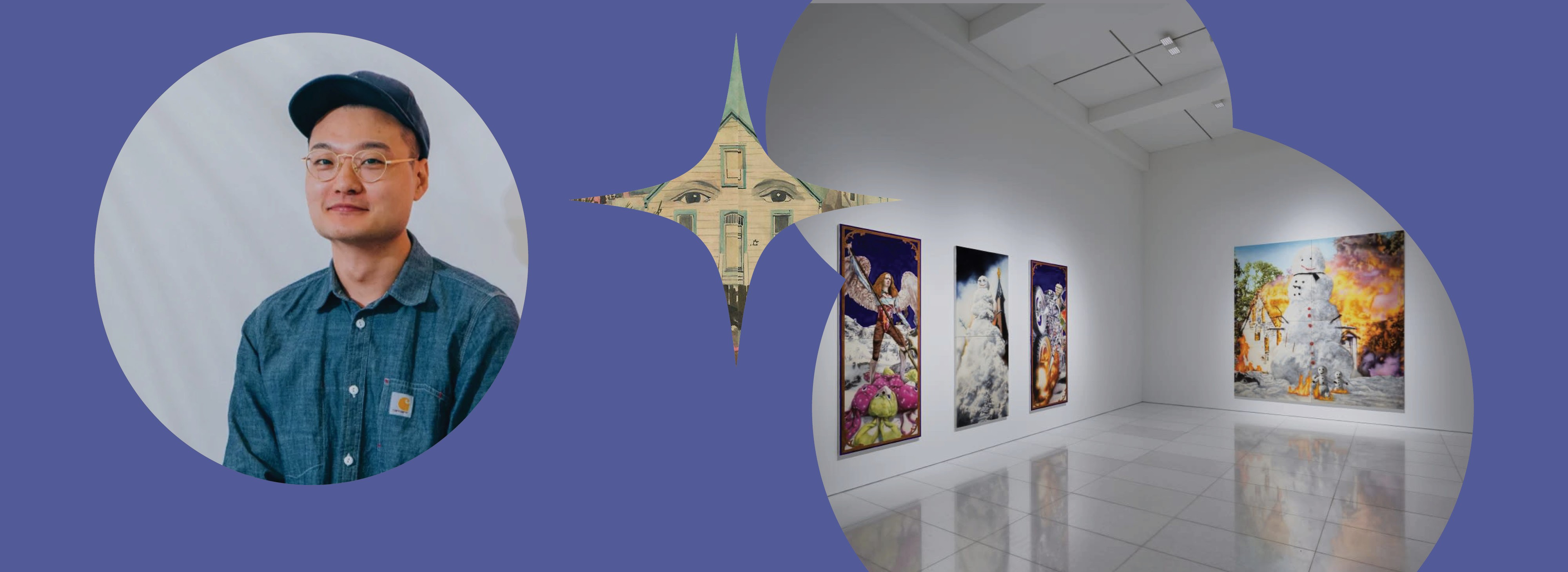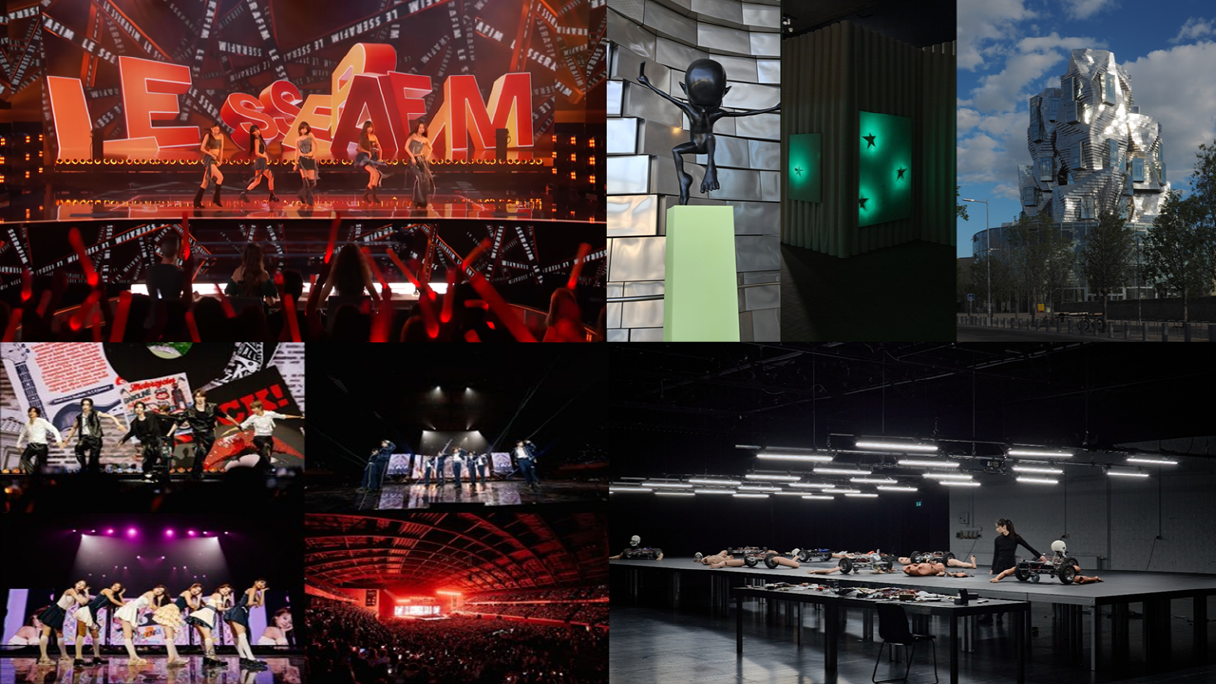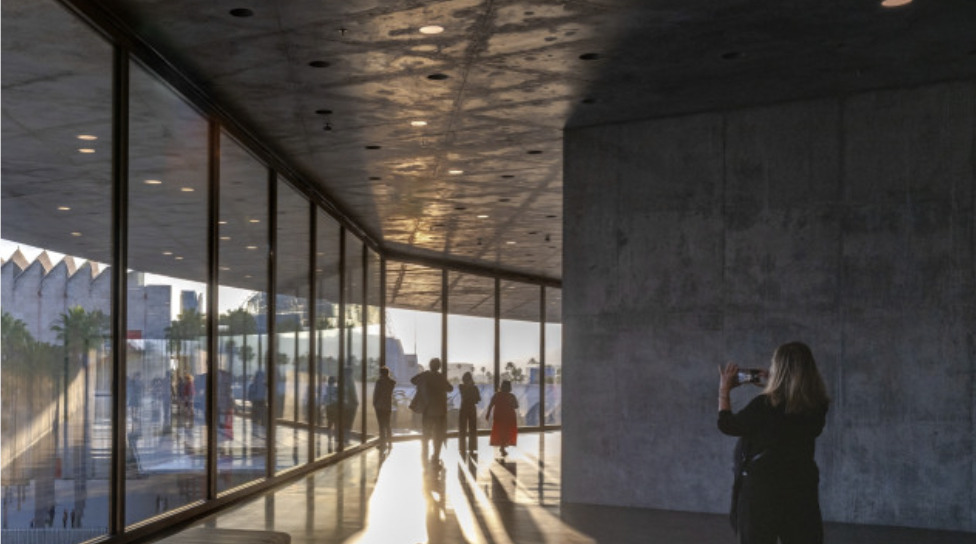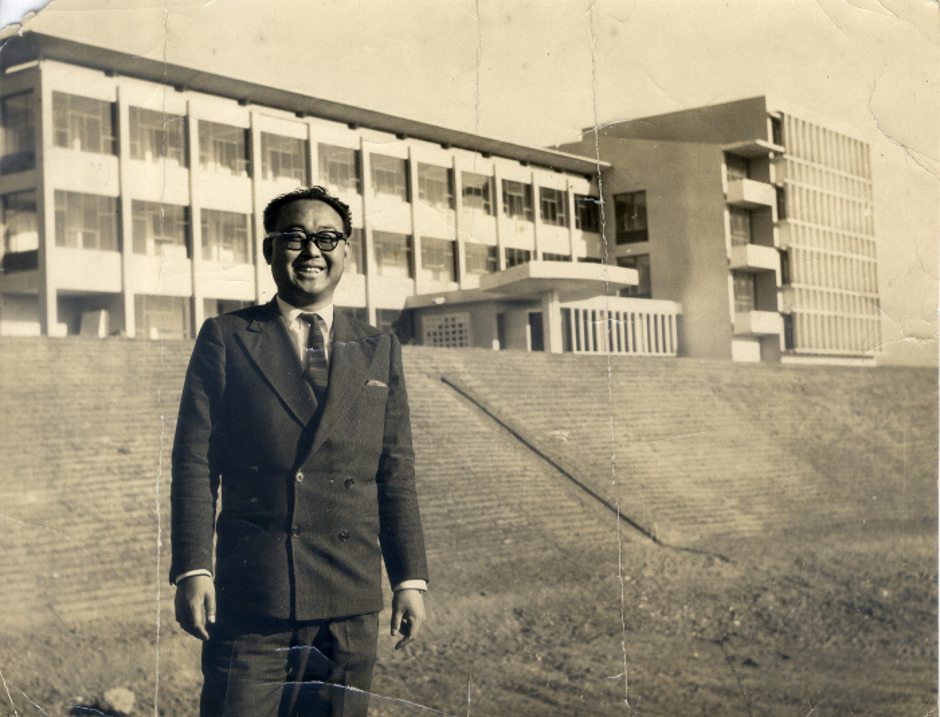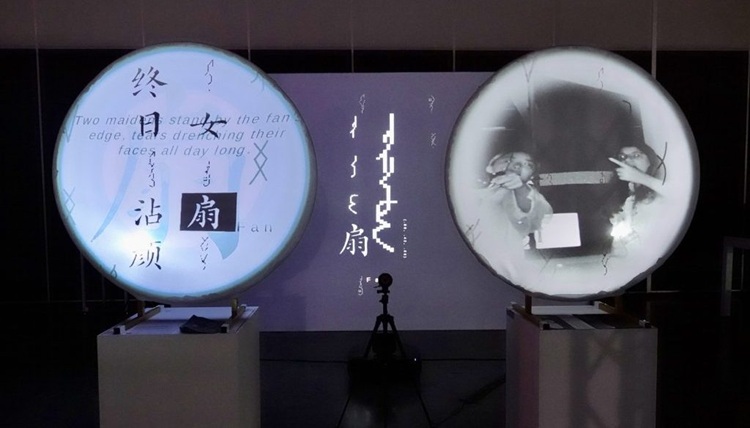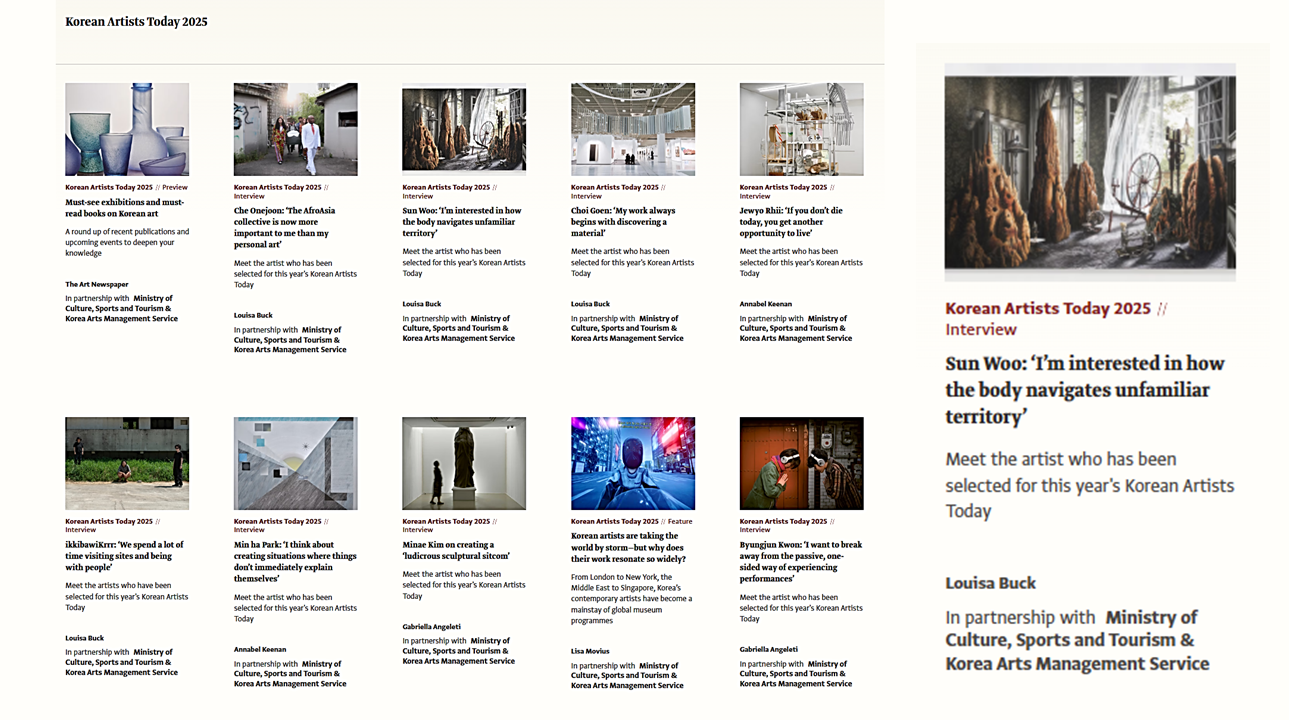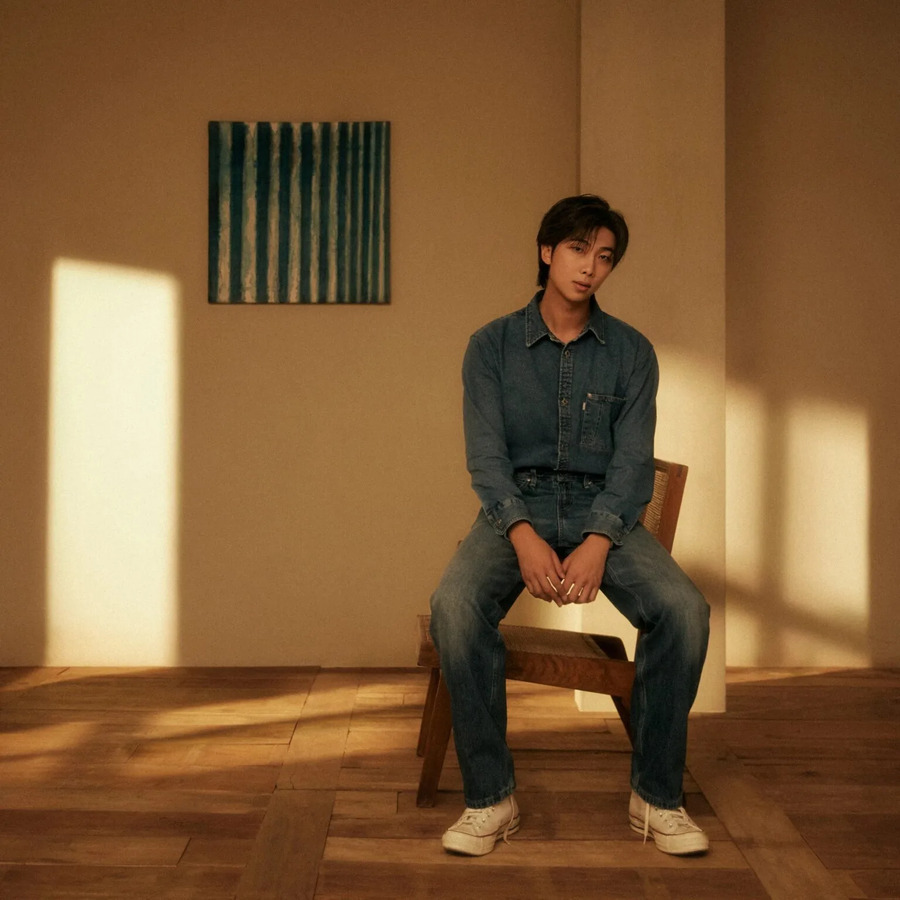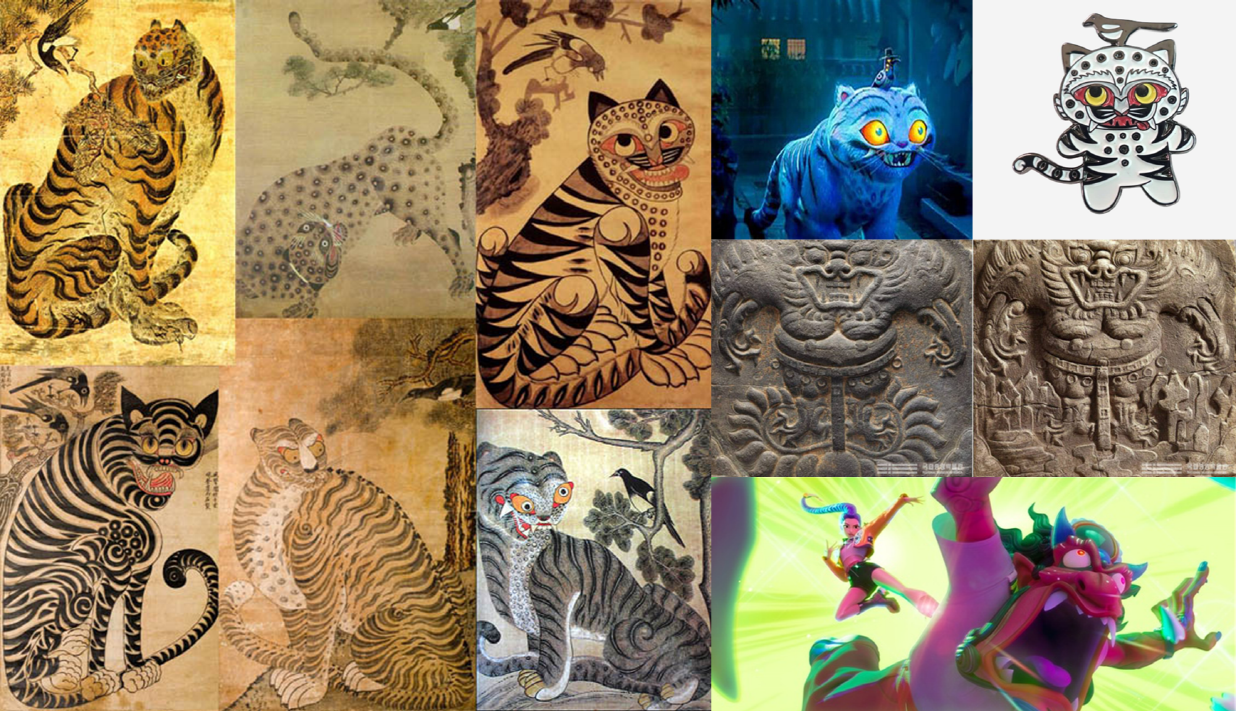K-Culture: A Global Phenomenon Still
Expanding
K-Culture continues to expand across
the globe. At〈Music Bank in
Lisbon〉, held in Portugal, artists such as IVE,
Taemin, and RIIZE performed before a crowd of 20,000.
It was not a one-time event but part
of a broader system of performance production and fan-based engagement
operating within the European market.
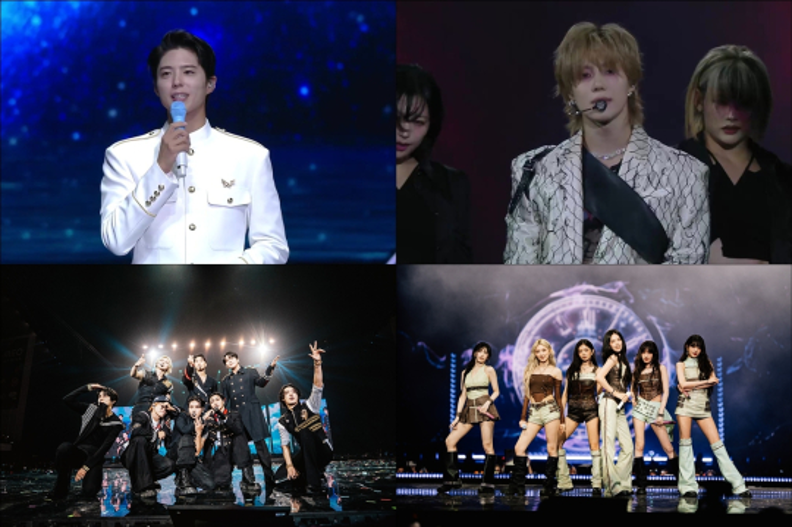
〈Music Bank in Lisbon〉 / Photo: KBS2
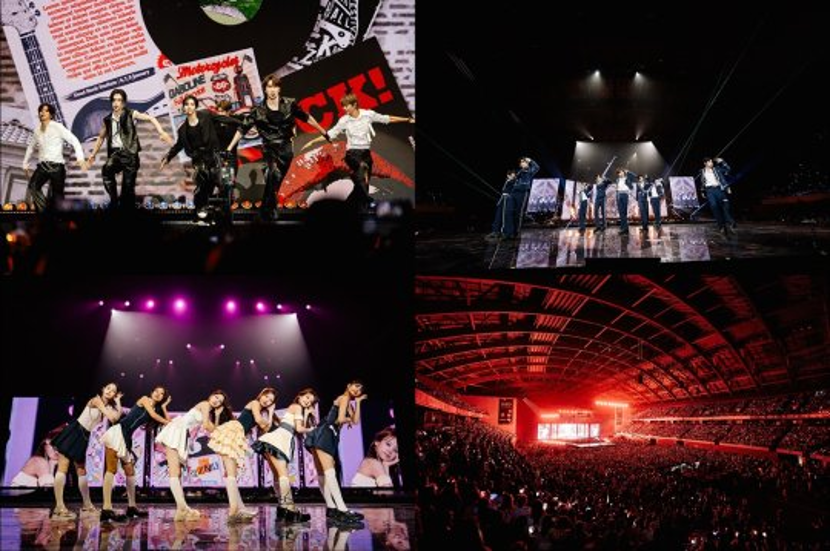
〈Music Bank in Lisbon〉 / Photo: KBS2
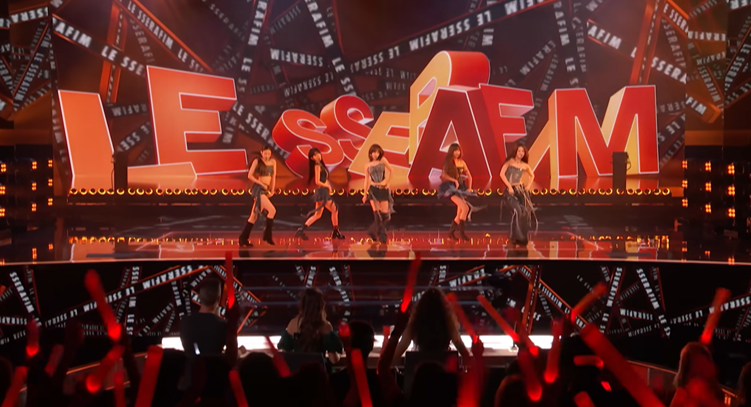
Girl group LE SSERAFIM performing on 〈America’s Got Talent〉/ Photo: YouTube capture
Meanwhile, the girl group LE
SSERAFIM became the first K-pop girl group to perform on〈America’s Got Talent〉, presenting an English-language
version of their hit song.
Their appearance on a major U.S.
television network marked more than a milestone—it demonstrated that Korean
popular culture is no longer an imported novelty but an active participant
shaping the global media ecosystem.
K-POP Demon Hunters: A New Structure for the Korean Wave
Released on Netflix in 2025,〈K-POP Demon Hunters〉became a global sensation, symbolizing K-Culture’s evolution into a multi-layered
cultural system that transcends genre boundaries.
Blending music, animation, gaming
dynamics, and mythological storytelling, the film topped the North American box
office its opening weekend and introduced a new ‘Streaming-Theater-Music’ integrated
distribution model.

EJAE, Audrey Nuna and Rei Ami from 〈K-POP Demon Hunters: Golden〉 | “The Tonight Show” / Photo: YouTube screen capture
It was the first global case of
integrating K-pop fandom culture, the visual language of animation, and the
world-building of games into a unified IP system. K-Culture has thus evolved beyond the
boundaries of a national brand—into a complex cultural network where
narrative, image, sound, and digital infrastructure converge.
K-Culture’s Success Is Not Only About
Creativity
International media and scholars view
K-Culture’s rise as a structural achievement rather
than a mere creative outburst.
France’s ‘Le Monde’ observed
that “In just two generations, Korea has built global influence across music,
film, fashion, and gastronomy—driven by government strategy, private capital,
and export infrastructure.”
Analysts point to four interlocking
forces behind its success: digital platforms, fan-driven ecosystems,
cultural diplomacy, and concentrated private investment—all
enabling creative autonomy within a systemic framework.
In other words, Korea’s global
prominence is not simply a product of “passion,” but of systematic
accumulation and institutional design.
The Current Landscape of Korean
Contemporary Art
Despite economic slowdown, Korean
contemporary art continues to draw international attention. Major museums, biennales, and global
art fairs such as Frieze have increasingly featured Korean artists.
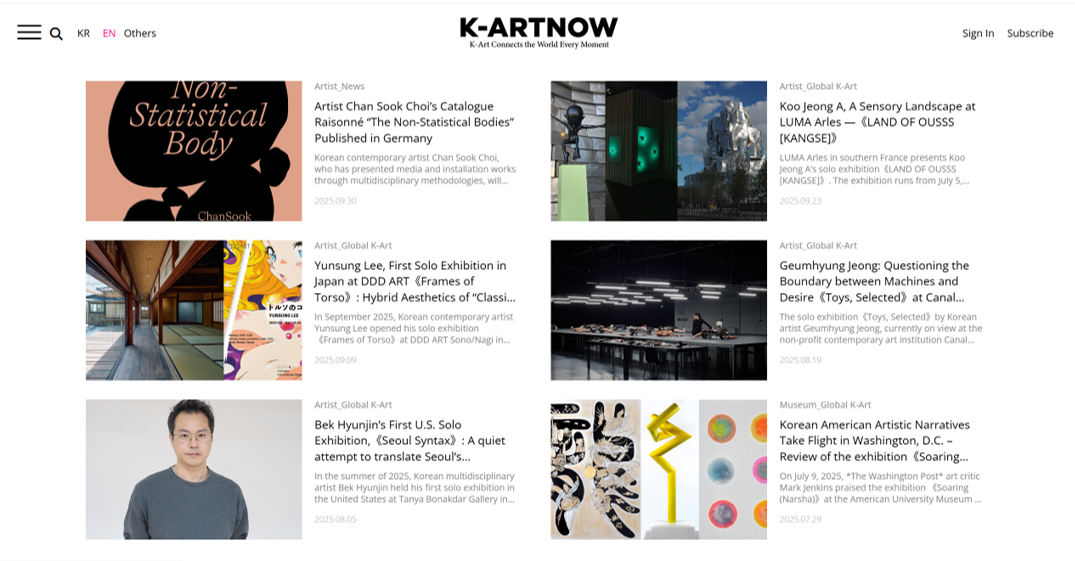
Article on Korean contemporary artists’ overseas expansion / Photo: K-ARTNOW screen capture
However, these achievements rest
largely on individual effort and opportunity, not on
an institutional foundation.
The art world remains bound by an outcome-oriented
administrative framework. Success is still measured by
quantifiable metrics—completed exhibitions, visitor counts, and international
participation—while creative processes, research, and the value of failure
receive little recognition.
What artists truly need is not just
“results,” but time and space to build toward them.
Why Supporting Pure Art Matters
The longevity of culture depends on the
strength of its pure artistic foundation. Popular culture thrives
on the aesthetic depth and reflective imagination nurtured by the fine arts.
When that foundation is weak, culture
becomes a fleeting trend; when it is strong, it renews itself across
generations.
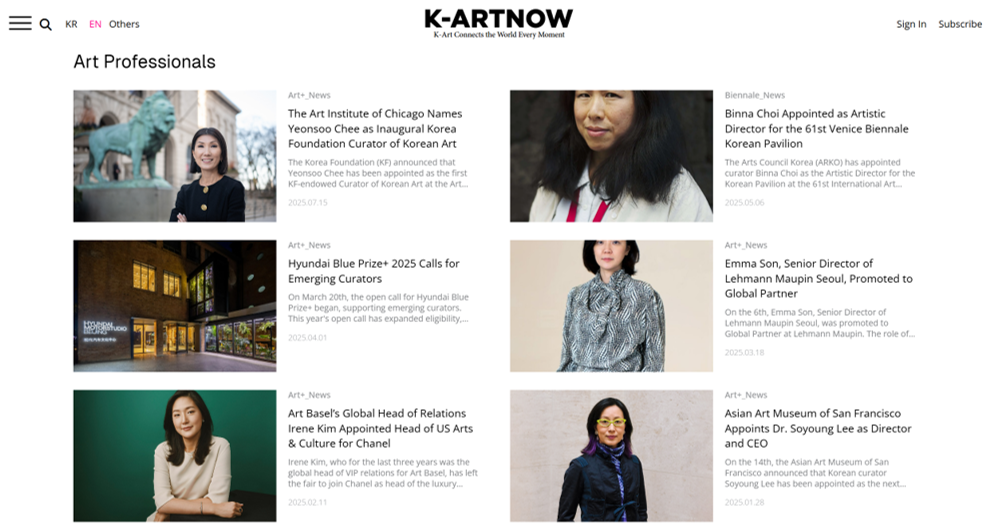
Article on Korean contemporary art professionals’ overseas activities / Photo: K-ARTNOW screen capture
Fine art is not merely one artistic
genre—it is a mirror of how a society thinks, imagines, and defines beauty.
Supporting the arts, therefore, is not
a matter of administrative aid but of expanding a nation’s aesthetic
intelligence and creative capacity. Cultural industries can only
sustain themselves when they continuously generate new forms and languages—and
those always originate from the experimentation and inquiry of pure
art.
For today’s cultural achievements to
evolve into tomorrow’s industries, Korea must strengthen the production
base of foundational arts. Ultimately, the true measure of a
nation’s cultural level lies in how freely and sustainably its artists can
create.
A country with weak pure arts
may consume culture—but it cannot create it.
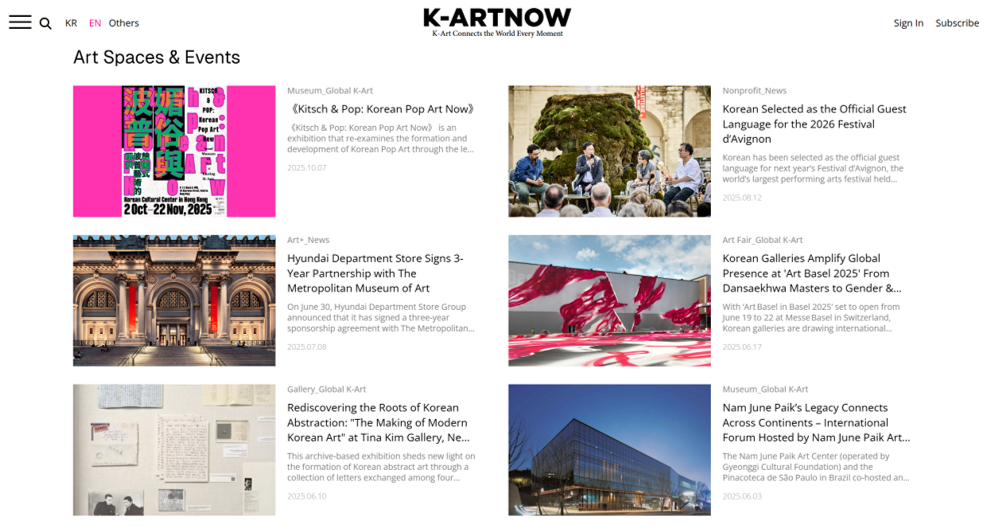
Article on Korean contemporary art institutions’ overseas expansion / Photo: K-ARTNOW screen capture
The Structural Problems in Korea’s Art
Policy
Yet current cultural policy gives
insufficient attention to this foundation.
Fine art has been increasingly
marginalized within industrial discourse, and most programs remain focused
on end results—allocating funds to exhibitions, performances, and
distribution stages rather than to research, studio environments, or long-term
production.
Another serious issue is the lack
of transparency in how grants and budgets are managed. Institutions such as the “Arts
Council Korea” and the “Korea Arts Management Service (KAMS)” rarely
disclose clear data on selection criteria, funding recipients, or the actual
outcomes of their programs.
Without objective evaluation or accountability,
public trust weakens and the gap between artists and administrators widens.
This structure falls far short of
international standards. While leading cultural nations invest in transparent
evaluation and long-term support to foster diversity and experimentation, Korea
remains mired in short-term, opaque, results-based administration.
As a result, the creative soil of fine
art continues to erode—posing a fundamental threat to the sustainability of
Korean culture itself.
This system does not nurture
continuous creation; it instead treats completed works as consumable
products,reinforcing the very commodification it claims to
overcome. Such logic contradicts the government’s stated goal of building a
“cultural ecosystem.” A true ecosystem is one of circulation and
growth, not a collection of short-term outputs.
Particularly in the visual arts,
support for studios, research, archives, and long-term projects remains
minimal, leaving individual artists to struggle with unstable livelihoods and
limited institutional backing.
Consequently, many young artists
succeed abroad yet remain precarious at home—trapped between commercial
dependency and systemic neglect. This is not merely an individual
challenge but a structural failure of national cultural policy.
How Cultural Powerhouses Sustain Their
Systems — Institutionalizing the Arts
Germany, France, and the United
Kingdom have long recognized foundational artas a
pillar of national competitiveness.
In Germany, the federal and
state governments jointly support artist studios and “Kunsthalle
institutions”, providing space and funding for experimental and long-term
projects.
In France, the “Centre
National des Arts Plastiques (CNAP)” offers grants and production funding
to artists, while public residencies in cities like Paris and Marseille treat
artists not merely as producers but as researchers contributing to
collective knowledge.
In the United Kingdom, “Arts
Council England” prioritizes artistic value over predictable outcomes, funding
projects even when results are uncertain—some operating on three-year
or longer terms.
These nations view art not as an
accessory to the economy, but as a means through which society
imagines its future.
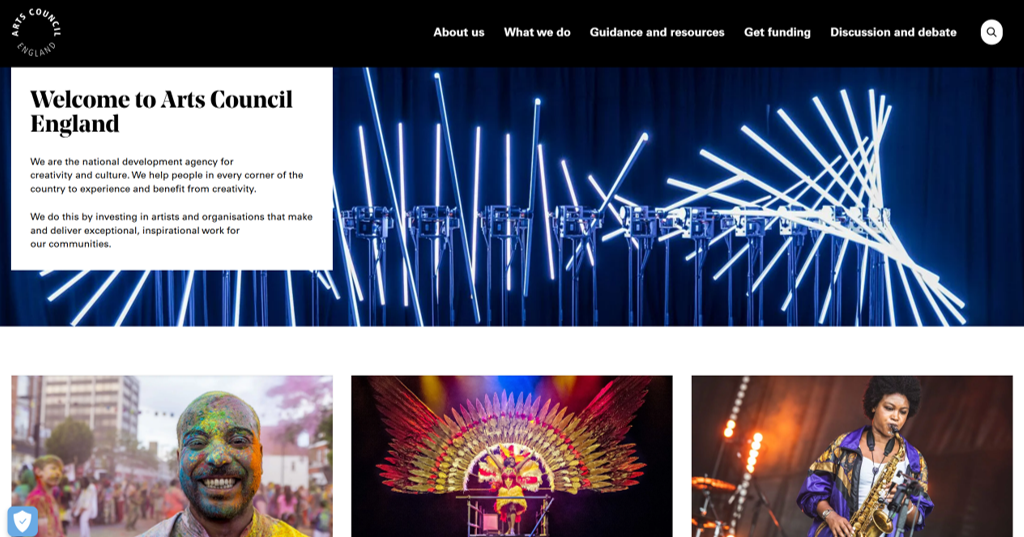
Screenshot of the Arts Council England website
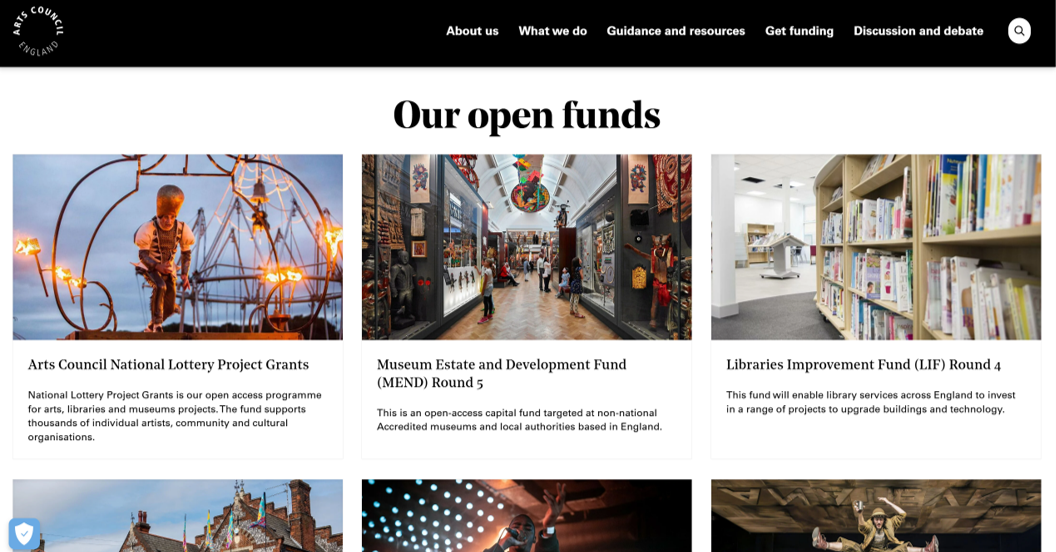
Screenshot of the Arts Council England website
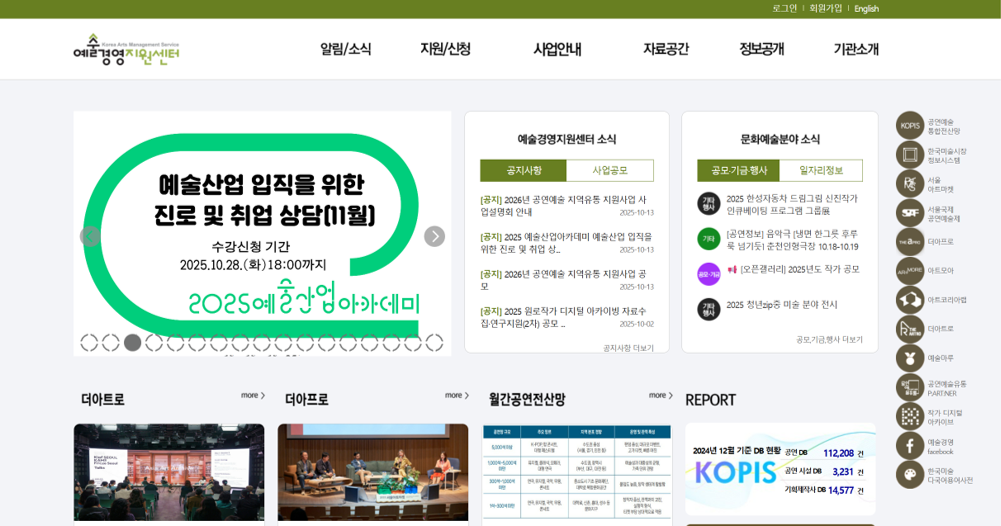
Screenshot of the Korea Arts Management Service website
Structural Issues in Korea’s Fine Art
Policy
Korea’s fine art policy remains bound
to a performance-driven administrative model.
Government agencies allocate budgets
based on measurable results—exhibitions completed, international showcases
held—while the essential creative process of research, experimentation, and
accumulation receives little institutional support.
Most funding programs lack global
standards, clear objectives, or long-term vision. Budgets are
typically short-term or one-off, making sustained artistic research nearly
impossible.
Support for basic content production
systems—studios, materials, research—is persistently neglected, trapping
artists in a cycle of dependency on short-term outcomes and commercial returns.

Screenshot of the Korea Arts Management Service website
Realistic Strategies for the
Globalization of Korean Art
For Korean contemporary art to
establish itself as a core site of global art production, a
fully restructured infrastructure tailored to fine art is essential.
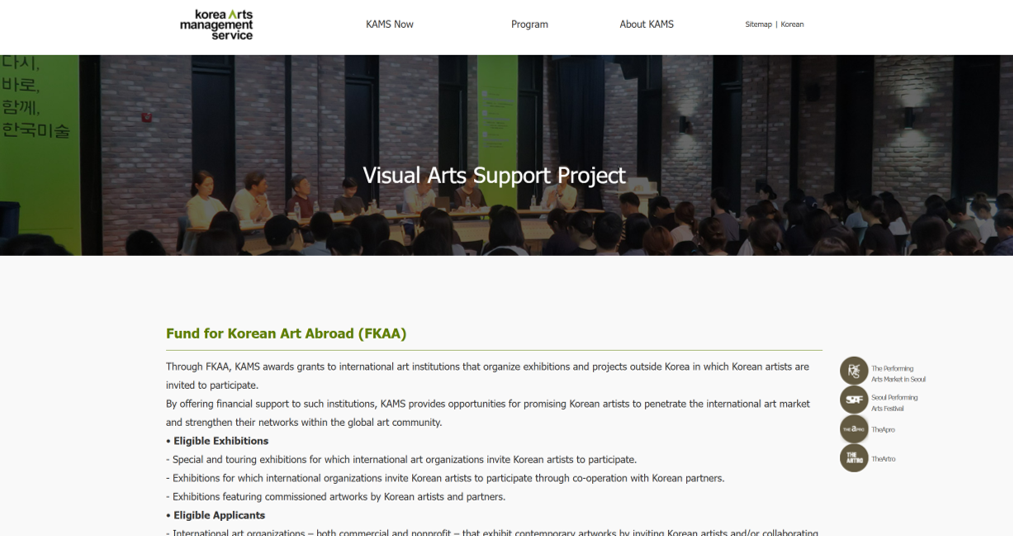
Screenshot of the Korea Arts Management Service website
Artists must be granted the institutional
time and flexibility to research and even fail.
A multi-year creation grant
system—spanning three to five years—should redefine artistic work as a process
of knowledge production, not merely a deliverable.
Equally urgent is the establishment of a national
digital archive system that integrates records of artists,
exhibitions, and critical writing, while making them accessible
internationally. Such archives form the foundation of credibility and serve as
a cultural legacy of the nation. Without this infrastructure, true global
outreach will remain impossible—a reality still widely overlooked in Korea’s
art ecosystem.
The Korean art world must now take
inspiration from the success of K-Culture and pursue structural
reform for sustainability.
This means dismantling outdated
frameworks and building an infrastructure aligned with global standards.
Only through such transformation can the
vibrant wave of K-Culture evolve into the era of K-Art. Then,
and only then, will Korean art stand as both a producer and a
birthplace of pure artistic creation on the world stage.



